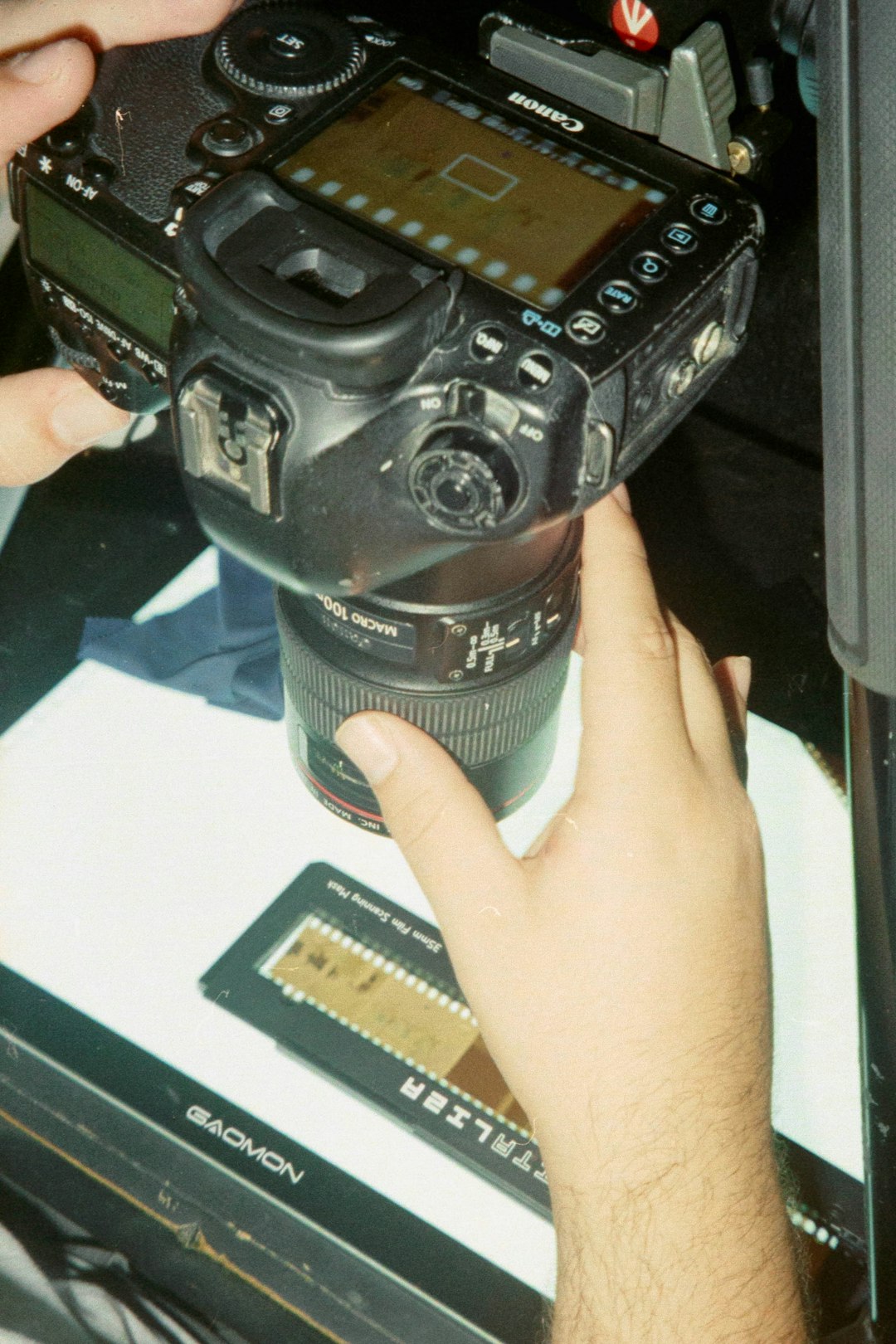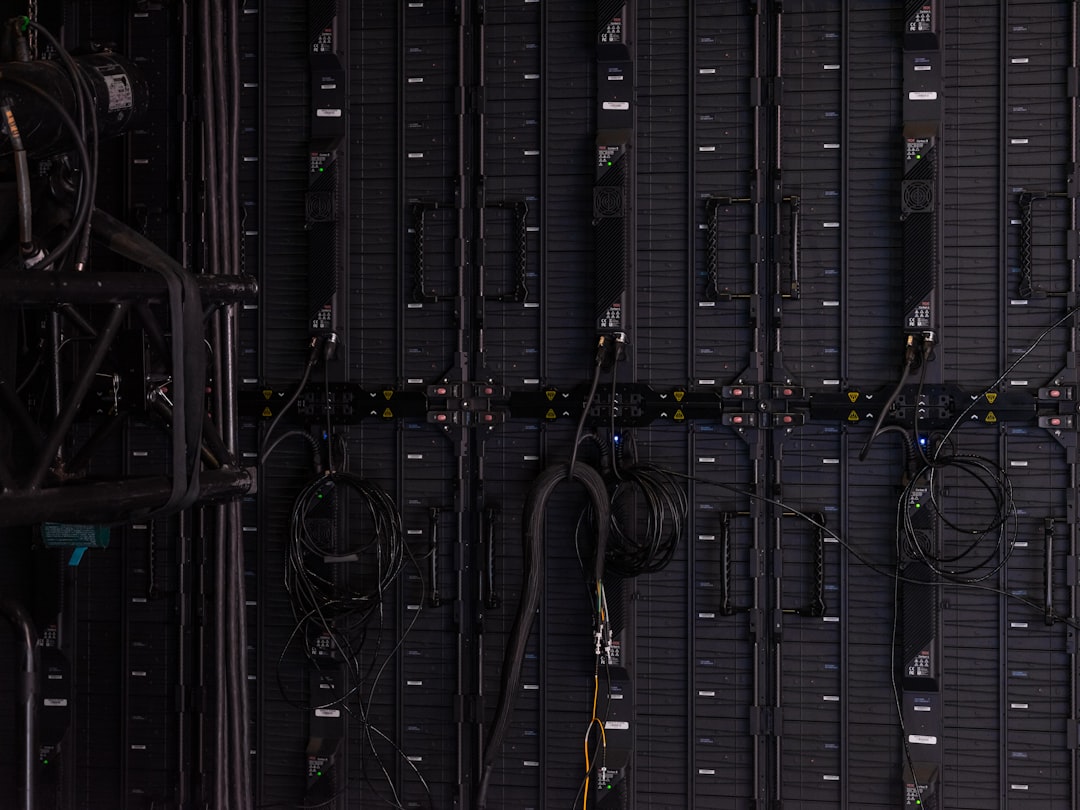Decades ago, Sun Microsystems workstations were widely used in enterprise environments for software development, server hosting, and high-performance computing. These systems typically used 4mm Digital Audio Tapes (DAT) for backups, commonly created with utilities such as tar or ufsdump. Today, accessing data from those old Sun backups is a technical challenge—especially when attempting to restore them on modern systems like Windows, macOS, or Linux.
Whether you’re archiving legacy systems, recovering vital business records, or performing digital archaeology, careful planning and the right tools are essential. This guide aims to provide a serious, trustworthy approach to reading and restoring old Sun Microsystems’ backups on contemporary operating systems.
1. Understanding the Backup Media: 4mm DAT Tapes
Sun backups were typically written to 4mm DAT tapes using the SCSI interface. These tapes had a native capacity ranging from 1.3GB to 20GB depending on generation and compression. Since the data itself is just streams of bits, recovery today depends mostly on hardware compatibility and correct software tools.

Key considerations for reading these tapes now include:
- Physical tape condition: Magnetic tapes degrade over time; old DATs may be challenging to read.
- Drive compatibility: You need a working SCSI or USB DAT drive that supports your tape format.
- Interface availability: Modern systems rarely have SCSI ports. Adapters are often necessary.
2. Step 1: Sourcing and Connecting a Tape Drive
To begin, you’ll need a DAT tape drive, preferably one proven to be compatible with the original tape format. Look for models such as the HP SureStore 4mm DAT drives or Sony SDT series that support DDS-1 through DDS-4. Many of these drives use SCSI interfaces, requiring additional hardware support.
Options for connecting to modern systems:
- Windows: Use a SCSI-to-USB or SCSI-to-PCIe adapter, though compatibility is limited. A dedicated legacy tower with a SCSI card may be more reliable.
- macOS: Modern Macs do not support old SCSI hardware. An older Power Mac or Intel-based Mac with an expansion slot offers better results.
- Linux: Often the best platform for this task. Linux distributions have good SCSI support and support a wide range of backup formats with native tools.
Ensure that your tape drive is correctly detected by the OS, appearing as a device such as /dev/st0 on Linux or through Device Manager on Windows.
3. Step 2: Identifying the Backup Format
Sun systems primarily used the tar and ufsdump formats. Identifying the format is crucial to selecting the correct tool for restoration.
You can test the tape format by rewinding and reading the first few kilobytes:
mt -f /dev/st0 rewind
dd if=/dev/st0 bs=512 count=1 | hdIf the output shows readable ASCII headers like “ustar” or filenames, it’s likely a tar archive. If it includes incomprehensible binary data, particularly with a structured block layout, it’s probably a ufsdump format.
4. Step 3: Restoring tar Archives
Once you’ve identified a tar format, you can restore the archive using native tools available on all three systems. Here’s a safe command:
tar -xvf /dev/st0When restoring a tar archive:
- Always use the -t flag first to display contents without extraction.
- Use -C to set a safe extraction location and avoid overwriting files.
- Inspect filenames for absolute paths to prevent unauthorized file placement.
If the archive was compressed, you may see it in formats such as .gz or .Z. You can handle those like this:
gzip -dc /dev/st0 | tar -xvf -5. Step 4: Restoring ufsdump Archives
The ufsdump format is native to Solaris and may require specific tooling. Fortunately, ufsrestore is also available on many Linux distributions and ports exist for FreeBSD and other Unix-like systems.
To restore:
ufsrestore -ivf /dev/st0- -i enters interactive mode, allowing you to browse the backup and selectively extract files.
- -v enables verbose feedback.
On systems without native ufsrestore, you can emulate a Solaris userland by provisioning a VM and attaching the tape device via passthrough (e.g., using VirtualBox with raw device access). Another possibility is compiling the ufsrestore tool from open-source ports compatible with your platform.

6. Step 5: Handling Multi-Volume and Sequential Files
Some Sun backups spanned multiple tape volumes. If your backup suddenly ends or reports incomplete data, ensure you acquire all associated tape sets. When prompted, some tools will request the next volume.
In a tar or ufsdump environment, the contents flow linearly. If multiple files were concatenated without intermediaries, the device can be read again until EOF is reached repeatedly to extract each piece.
7. Notes on File Systems and Permissions
Restored files from Sun servers often originate from UFS (Unix File System), and may exhibit differences in ownership, symbolic links, and permissions.
- Ensure you’re restoring as a privileged user, or use fakeroot if working in containers.
- You may encounter filenames with non-UTF-8 encoding. Use iconv to convert text-based files if needed.
- Hard and soft links within the backup may cause duplicates or errors on extraction.
8. Best Practices and Data Handling Ethics
Always work on a copy of the tape if possible. Creating an image of the tape using dd allows for safe experimentation without wear on the original physical media:
dd if=/dev/st0 of=backup_image.ddThis also allows you to examine the archive in parts or scan it with hex editors and forensic analysis tools. Always keep the raw image unmodified and operate on backups for extraction and conversion.
9. Conclusion: Preserving Legacy Data
Reading and restoring backups from old Sun Microsystems DAT tapes is not a lost cause. With appropriate hardware, the correct interpretation of file formats, and cross-platform tools, you can revive decades-old data. Linux offers the clearest path for successful recovery today due to its flexibility and comprehensive file system support.
Whether for business continuity, legal compliance, or digital history preservation, treating these processes seriously ensures that valuable data from a past technological era can live on.
 data recovery, legacy system, vintage computing[/ai-img>
data recovery, legacy system, vintage computing[/ai-img>
Always document the steps you take and log your process for transparency. The choices made today will affect your ability to interpret and use this data years into the future.




